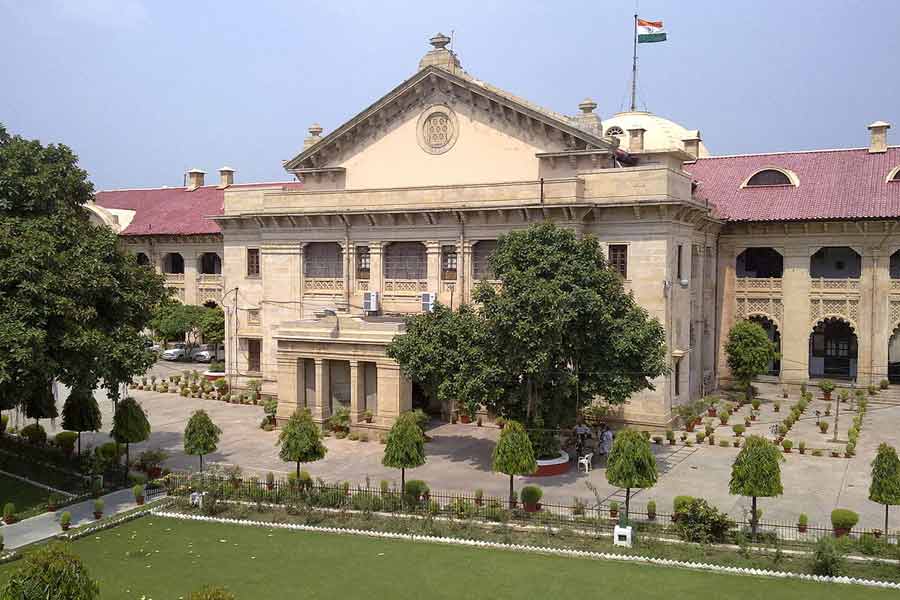Patna is set for the first-ever heritage walk. Bihar Heritage Development Society, which works under the aegis of art, culture and youth affairs department, has claimed to have made all prior arrangements for the 6.5km heritage walk to be held on Sunday. Piyush Kumar Tripathi of The Telegraph presents a brief outline of the rich history of the city that would be recalled during the walk.
Route: Golghar-Gandhi Shivir (AN Sinha Institute premises)-Patna museum-Patna Women's College-Patna High Court-Raj Bhavan-Old Secretariat-Martyr's Memorial (Shaheed Smarak)
Timing: 8:30am onwards (walk might take around two hours)
No. of participants: 250 approx. (registration still open)
Announcement: Briefing about the city's heritage and monuments in loudspeakers
Food: Snacks and refreshments at the end of the walk
Patna through ages
The first reference of the settling of the town goes back to the 6th century BC when Buddha crossed the Ganga on his way to Vaishali. In the beginning of the 5th century BC, the capital of Magadha was shifted from Rajgir to Pataliputra. Under the Mauryas, Pataliputra became the capital of the India empire stretching from Afghanistan to Bengal. The city was called Pattan during the time of Sher Shah.

Golghar
Alarmed by the famine of 1770, British army captain John Garstin planned a granary and Golghar was constructed in 1786. It is 29m high, has 145 steps and the walls are 3.6m thick at the base. It was never used as a granary because of architectural fault.
Gandhi Shivir
Gandhi had stayed in Patna, particularly at Gandhi Shivir, for nearly three months in 1947.

Patna museum
Patna museum started functioning in 1915 from the Patna commissioner's bungalow. Thereafter, the artefacts were shifted to a new room of Patna High Court building before being taken to the present location in 1929. The land for the museum was earmarked in 1925. The two-storeyed building was completed in 1928.
High court
The foundation stone of the Patna High Court was laid on December 1, 1913, by late viceroy and governor-general of India, Sir Charles Hardinge. The building was formally inaugurated on February 3, 1916.

Old Secretariat
The Old Secretariat was built in 1917. The 716ft long and 346ft wide building was designed by Sydney architect Joseph Munnings.
Patna Women's College
The first institution of higher learning for women in Bihar was founded in 1940 by B.J. Sullivan S.J., the Bishop of Patna, and Mother M. Josephine A.C., the superior general of the Apostolic Carmel. It was granted the status of degree college in July 1941.

Shaheed Smarak
The Martyr’s Memorial is a life-size statue of seven brave men who sacrificed their lives during the August 1942 Quit India movement. The foundation stone of the memorial was laid on August 15, 1947.
Piyush Kumar Tripathi











